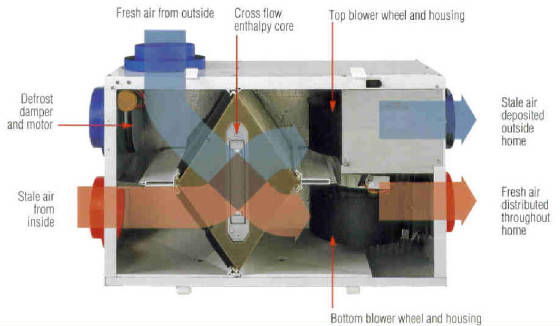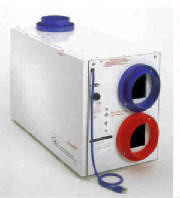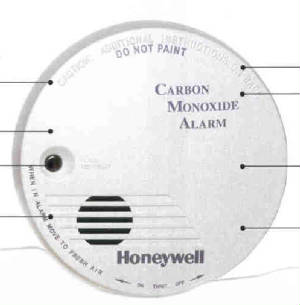|
|
|
(click on link to visit website) IMPROVE
YOUR INDOOR AIR...
Today's homes are often sealed tightly to conserve energy. The problem is, they can seal in pollutants too. Mold, pollen, bacteria and other undesirables pervade virtually all indoor air. The U.S. EPA ranks indoor air pollution among the top five environmental risks to public health. Even air that's simply too dry or too humid can cause problems. Fortunately, there's a solution to many indoor air quality problems. A way to improve the air in your home. A way to enhance your comfort and peace of mind...
TRAP airbourne particles with a Whole-house Air Cleaner ***99% OF AIRBORNE PARTICLES ARE INVISIBLE TO THE NAKED EYE*** Indoor air quality can often be more polluted than the air outdoors. What can you do? One important element of an overall strategy to improve air quality is to filter the air in your home with a whole-house air cleaner. It filters impurities from the air that passes through it.
MOISTURIZE parched air with a
powered
Whole-house Humidifier Warm dry air acts like a giant sponge, soaking up moisture from everything it touches. Taking a toll on your families skin and health. Your home can suffer too. Parched, thristy air literally sucks the moisture out of your home's woodwork and furnishings, leaving them cracked or dried out.
ZAP airbourne germs with an Ultraviolet Air Treatment System Bacteria and mold spores are nasty. You wash, wipe and clean, but they can still blow through the air in your home every time your heating and cooling system's fan runs. That is not all. Your air conditioner's moist cooling coils can serve as an ideal breeding ground for mold, a known allergen. There is help: an Enviracaire Elite Ultraviolet Air Treatment System.
Install a Honeywell Zoning System Every home has a least two zones, the living area and the sleeping area, which are rarely used at the same time. Then, there is upstairs and downstairs, rooms that are used a lot (such as a family room), and rooms that may not be used often (such as a formal dining room or bonus rooms above a garage). And, of course, someone in the family likes it warm while someone else likes it cool. Zoning makes it possible for everyone to be comfortable. A Honeywell Zoning System uses dampers in your ductwork that open and close as needed based on each zone's thermostat settings. When a zone doesn't need to be heated or cooled, the dampers close to save energy and maximize comfort elsewhere. It's that simple.
Zoning Savings Quickly Add Up Annual Fuel Cost Savings in 1 Year 5 Years 10 Years $1000 $300 $1500 $3000 $1250 $375 $1875 $3750 $1500 $450 $2250 $4500 $2000 $600 $3000 $6000
|
||||||||||||||||||||||||||||||||||||||||||||||||||||||||||||||||||
Enter supporting content here








